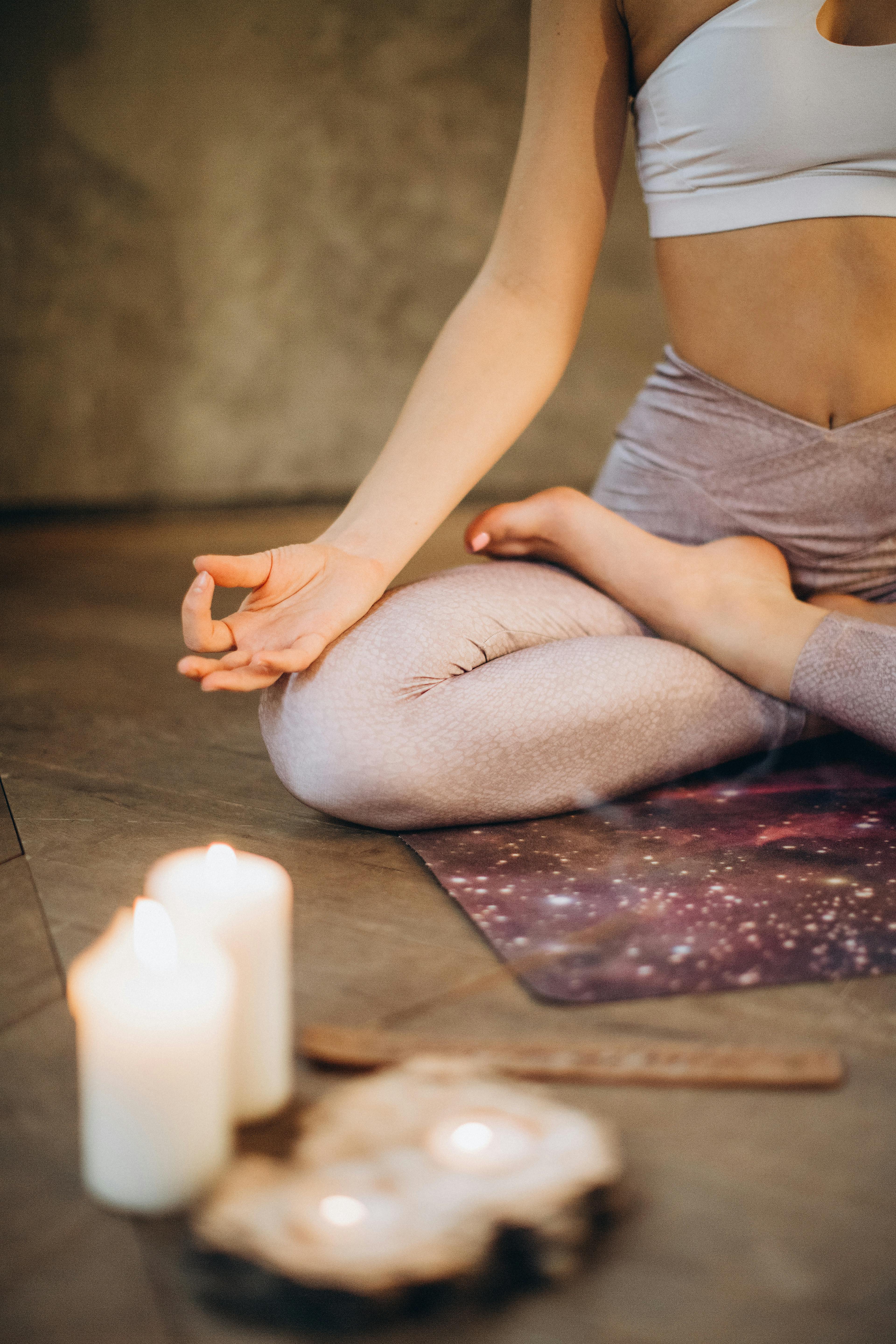10 Proven Tips for Peace of Mind and Daily Calm
Feeling overwhelmed in today’s fast-paced world is all too common. Finding consistent peace of mind is no longer a luxury—it’s a necessity for well-being. In this comprehensive guide, you’ll discover practical, science-backed tips for peace of mind that you can integrate into your daily routine to reduce anxiety, sharpen focus, and improve emotional health.

Understanding the Fundamentals
Peace of mind is the inner state of emotional calm and clarity, free from anxiety and mental clutter. Historically rooted in both Eastern philosophies and modern psychology, it has evolved into a vital component of mental health today.
Understanding these core concepts helps individuals develop tools to navigate life’s inevitable stresses. Think of it like building a mental immune system—one that gets stronger with intentional practice and awareness.
1.1 Mindfulness and Presence
Mindfulness means paying attention to the present moment without judgment. This approach lowers cortisol levels, enhances emotional regulation, and fosters gratitude. For example, a study from Harvard showed that individuals who practiced mindfulness reported a 33% drop in stress symptoms.
Applications include mindful walking, deep breathing, or focusing solely on one task at a time. One misconception is that mindfulness means eliminating thoughts—it’s really about observing them without becoming attached.
1.2 Emotional Awareness
Emotional awareness involves recognizing your feelings and understanding their source. Unlike suppression, awareness promotes clarity and self-regulation. It’s often confused with emotional overexposure, but it’s actually a balanced form of self-reflection.
In practice, journaling or speaking with a coach or therapist can enhance this skill, helping individuals react to life events with greater intention and less reactivity.
Practical Implementation Guide
Now that we’ve established the basics, let’s explore how to apply these peace of mind tips in real life. Implementing them consistently can yield significant mental health improvements within weeks.

2.1 Actionable Steps
- Create a Morning Routine: Start with 10 minutes of mindfulness or journaling. This anchors your day in calm.
- Use Wellness Apps: Apps like Calm or Headspace offer guided meditations and daily check-ins.
- Set Boundaries: Establish tech-free zones or periods to reduce information overload.
2.2 Overcoming Challenges
Common obstacles include time constraints, lack of motivation, and self-doubt. Many also struggle with distractions or unrealistic expectations.
To overcome these:
- Start small—just 5 minutes daily can be powerful.
- Track progress to build momentum.
- Enlist accountability from a friend or group.
Warning signs like chronic fatigue, irritability, or forgetfulness often signal the need to revisit your peace strategies. Expert tips include scheduling reminders and stacking habits with existing routines.
Advanced Applications
Once foundational practices are in place, you can explore advanced techniques that deepen your peace of mind and create lasting emotional resilience.

3.1 Transcendental Meditation
This silent form of mantra meditation is practiced for 20 minutes twice a day. Studies show it reduces anxiety, blood pressure, and symptoms of PTSD. In case studies, participants report clearer thinking and emotional stability within 4-6 weeks of regular use.
3.2 Biofeedback and Neurotraining
Biofeedback uses sensors to monitor physiological functions like heart rate or brainwaves. These insights help users self-regulate stress responses. It integrates seamlessly with meditation or cognitive behavioral techniques.
Future Outlook
The future of mental wellness includes AI-powered mental health support, virtual therapy, and digital detox strategies. These innovations are making peace of mind more accessible than ever.
To prepare, individuals should become comfortable with digital tools while also nurturing offline practices. Awareness and adaptability will be crucial for sustained inner calm in a rapidly evolving world.
Conclusion
Three essential takeaways include: peace of mind is achievable with daily practice, emotional awareness is a powerful tool, and advanced methods can supercharge mental clarity.
If you’re ready to take the next step, begin with just one tip from this guide. Consistency is more important than perfection. Start today—your peace of mind is worth it.
Frequently Asked Questions
- Q: What is peace of mind? Peace of mind is a state of calm, free from mental stress, often achieved through mindfulness and emotional regulation practices.
- Q: How do I start improving peace of mind? Begin with 5–10 minutes of mindfulness or journaling daily, and reduce exposure to negative media.
- Q: How long does it take to see results? Most people notice improved mood and clarity within 2–4 weeks, depending on consistency and personal commitment.
- Q: Are these techniques expensive? Not at all—many practices like journaling, breathing, or walking meditations are free. Some tools or apps may charge monthly fees ($5–$15).
- Q: How do these tips compare to therapy? Therapy is professional support, while these tips are self-help tools. They work well together but serve different roles.
- Q: Are these methods hard to learn? Most are beginner-friendly with low learning curves. Starting small and using guides or apps helps ease the process.
- Q: Can I use these in high-stress jobs? Absolutely—many professionals use mindfulness and breathing to reset between meetings or during high-pressure moments.
